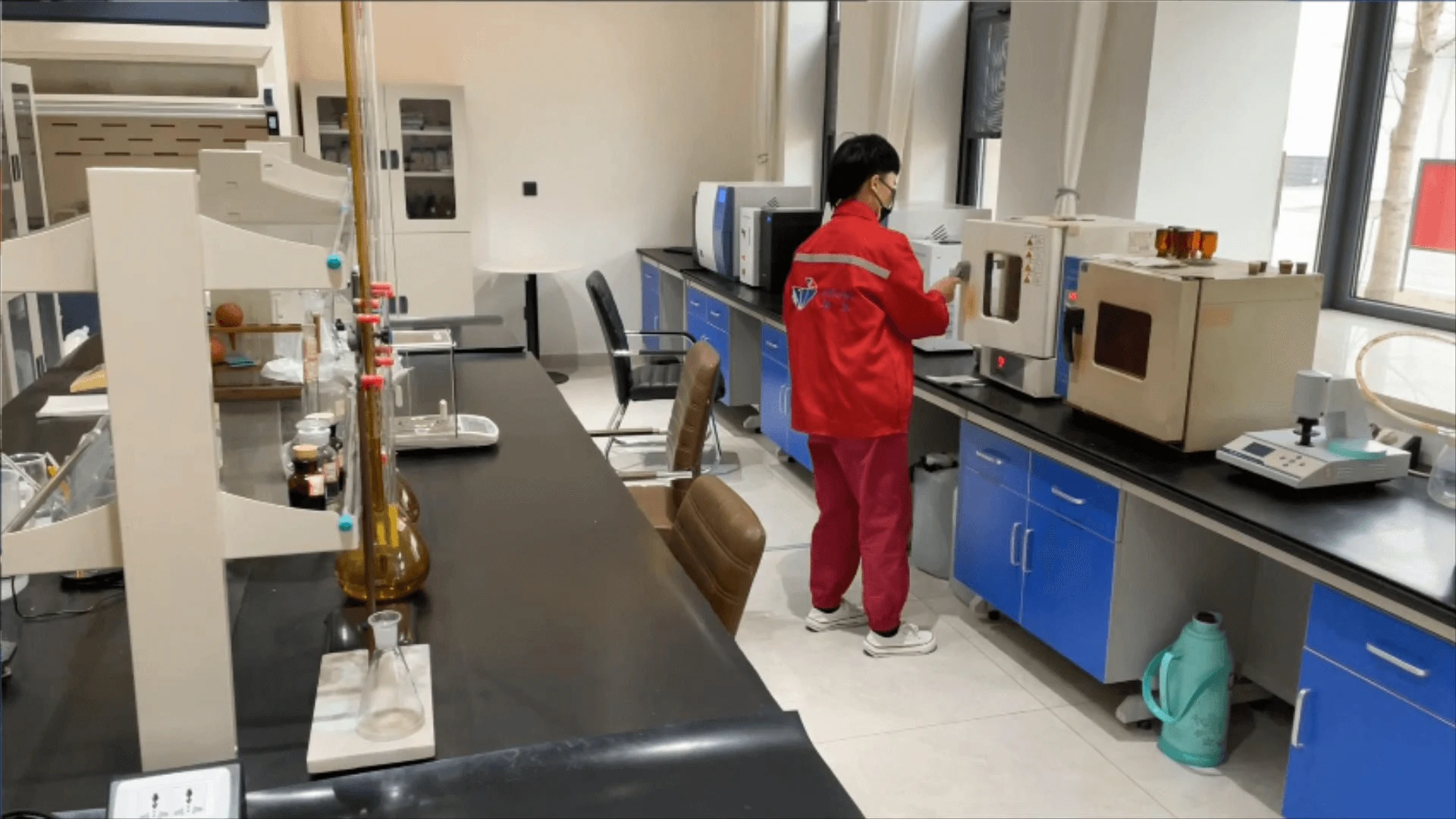
Nov . 29, 2024 20:01 Back to list
Evaluating the Safety of HPMC in Consumer Products and Applications
Is HPMC Safe? Exploring the Safety and Applications of Hydroxypropyl Methylcellulose
Hydroxypropyl Methylcellulose (HPMC) is a cellulose derivative widely used in various industries, including pharmaceuticals, food, and cosmetics. As a non-ionic polymer, HPMC is known for its thickening, emulsifying, and film-forming properties. While its multifunctional nature makes it a valuable ingredient, questions about its safety frequently arise among consumers and manufacturers alike.
Understanding HPMC
HPMC is synthesized from natural cellulose through a series of chemical processes that replace hydroxyl groups with hydroxypropyl and methoxy groups. This modification results in a compound that is soluble in both hot and cold water, making it a versatile agent for many applications. In the food industry, HPMC serves as a thickener, stabilizer, and emulsifier, improving the texture and shelf-life of products. In pharmaceuticals, it is often employed as a binder in tablets and as a controlled-release agent. In cosmetics, HPMC acts as a thickening agent and helps improve the consistency of lotions and creams.
Safety Concerns
When evaluating the safety of HPMC, it is essential to consider its regulatory status, toxicological data, and historical usage. HPMC is generally recognized as safe (GRAS) by the Food and Drug Administration (FDA) when used in accordance with established guidelines. Various studies have indicated that HPMC does not exhibit significant toxicity, and its use in food products has not been associated with any adverse health effects.
Toxicological Studies
is hpmc safe

Toxicological evaluations of HPMC have demonstrated low acute toxicity, with no substantial evidence of carcinogenicity or mutagenicity. In repeated-dose studies, HPMC did not produce any toxic effects, even at high doses. Additionally, the International Agency for Research on Cancer (IARC) has classified HPMC as a non-carcinogenic substance. These findings suggest that HPMC is safe for consumption and use in various applications when utilized correctly.
Allergic Reactions and Sensitivities
Although HPMC is generally safe, some individuals may experience allergic reactions or sensitivities. Such cases are relatively rare and are often linked to the presence of other ingredients in products containing HPMC. It is crucial for consumers to read product labels and be aware of their personal sensitivities, particularly when using multiple products that may contain allergens.
Regulatory Oversight
Stringent regulatory oversight exists regarding the use of HPMC in food, pharmaceuticals, and cosmetics. Regulatory agencies, including the FDA and the European Food Safety Authority (EFSA), evaluate the safety of HPMC through rigorous assessments and ongoing monitoring. Manufacturers must adhere to strict guidelines when formulating products containing HPMC, ensuring that end-users receive safe and effective products.
Conclusion
In summary, Hydroxypropyl Methylcellulose (HPMC) is considered safe for use in food, pharmaceutical, and cosmetic applications. Extensive toxicological studies, regulatory oversight, and historical use support its safety profile. While the potential for allergies exists, such instances are uncommon. As with any substance, it is always recommended for consumers to stay informed, consult product labels, and be mindful of personal sensitivities. Overall, HPMC remains a vital ingredient across various industries, contributing to product quality and consumer satisfaction without compromising safety.
-
Versatile Hpmc Uses in Different Industries
NewsJun.19,2025
-
Redispersible Powder's Role in Enhancing Durability of Construction Products
NewsJun.19,2025
-
Hydroxyethyl Cellulose Applications Driving Green Industrial Processes
NewsJun.19,2025
-
Exploring Different Redispersible Polymer Powder
NewsJun.19,2025
-
Choosing the Right Mortar Bonding Agent
NewsJun.19,2025
-
Applications and Significance of China Hpmc in Modern Industries
NewsJun.19,2025







